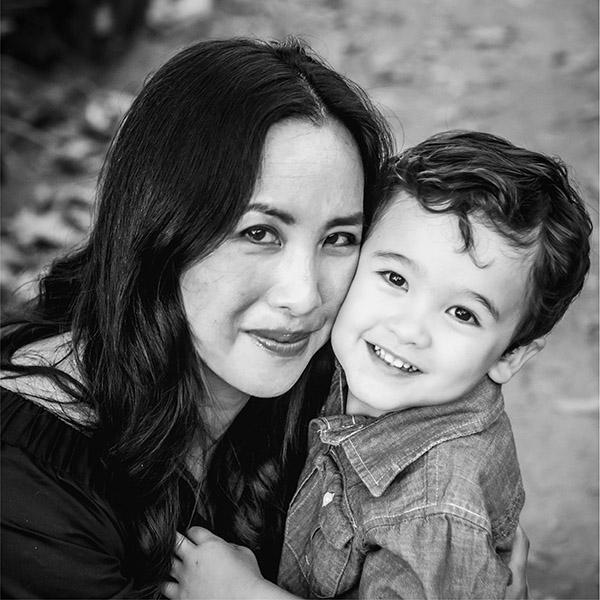Home Design Ideas
The Psychology of Color: How to Choose the Right Shades for Every Room
Have you ever walked into a room and felt an instant shift in your mood? It’s not just your imagination—colors have a profound impact on our emotions and well-being. Welcome to the fascinating world of color psychology in interior design. Whether you’re choosing paint colors by mood or simply curious about how different hues influence your space, this guide will help you make informed decisions. And if you need a little extra help, Spacejoy is here to assist you every step of the way.

Understanding Color Psychology in Interior Design
Color psychology is the study of how colors affect our moods, feelings, and behaviors. When it comes to interior design color meanings, each shade carries its own unique energy. For example, blues are often associated with calmness and tranquility, making them perfect for bedrooms or bathrooms. On the other hand, vibrant reds can stimulate energy and excitement, ideal for social spaces like dining rooms.
Let’s dive into some key colors and their emotional impacts:
- Red: Passion, energy, and appetite stimulation
- Blue: Calmness, trust, and productivity
- Green: Nature, growth, and relaxation
- Yellow: Happiness, optimism, and creativity
- Purple: Luxury, mystery, and spirituality
- White: Purity, simplicity, and cleanliness
- Black: Sophistication, elegance, and mystery

Choosing Paint Colors by Mood
When selecting colors for your home, it’s essential to consider the mood you want to create in each room. Here are some tips for choosing the best colors for mood in home design:
- Living Room: Opt for warm tones like beige, cream, or soft greens to create a welcoming atmosphere.
- Bedroom: Soft blues, lavenders, or neutral shades promote relaxation and better sleep.
- Kitchen: Bright colors like yellow or orange can stimulate appetite and energy.
- Home Office: Blues and greens enhance focus and productivity.

The Psychology of Color in Decorating
Beyond just walls, the psychology of color in decorating extends to furniture, textiles, and accessories. When planning your space, think about how different elements interact with one another. For instance, a vibrant rug can add a pop of energy to a neutral room, while soft, pastel cushions can create a calming effect.
Remember, balance is key. Too much of one color can overwhelm a space, so mix and match hues to create harmony.

How to Pick the Right Color Palette
Picking the right color palette involves more than just personal preference—it’s about creating an environment that supports your lifestyle and mood. Here are some steps to guide you:
- Identify Your Goals: What do you want to achieve in each room? Relaxation, productivity, or social interaction?
- Consider Natural Light: How much light does the room get? Darker rooms may benefit from lighter shades to brighten the space.
- Test Samples: Before committing, paint small patches on your walls to see how colors look in different lighting conditions.
- Consult a Professional: If you’re unsure, Spacejoy offers expert consultations to help you make the best choices.
The color psychology in interior design is a powerful tool for transforming your home into a space that truly reflects your personality and supports your well-being. Whether you’re choosing paint colors by mood or exploring the emotional impact of colors in rooms, remember that every hue has a story to tell.
Pro Tip from Spacejoy: Don’t be afraid to experiment! Sometimes the most unexpected color combinations can create the most beautiful and harmonious spaces. Trust your instincts and let your creativity shine.

FAQs
Q1: How does color psychology affect interior design?
A: Colors impact mood—blue calms, yellow energizes, green restores balance. Choosing the right palette sets the tone for each room.
Q2: What are the best colors for a relaxing bedroom?
A: Soft blues, muted greens, and warm neutrals promote rest and relaxation, making them perfect for sleep spaces.
Q3: Which colors work best for boosting creativity in a home office?
A: Shades of yellow, orange, and turquoise spark focus and fresh ideas, ideal for a productive workspace.
Q4: How do I choose paint colors that match my personality?
A: Consider how each shade makes you feel, not just how it looks. Color psychology quizzes and design consultations (like Spacejoy’s) can guide you to the perfect fit.
Editors Pick
Top designs worth exploring
nursery
Floral Wallpaper: Scandinavian Nursery
bedroom
A Rugged Looking Mid-Century Bedroom
living room
A Mid-Century Living-Dining Room Filled With Color
living room
Coffee Tables With Storage
kids room
Modern Glam Teen Bedroom with Pink Accents
living room
Cigar RawHide Sofa: An Industrial Modern Living Room
Next in Style
Curated ideas to elevate your space
Editors Pick
Top designs worth exploring
Design Journeys
Real stories from real customers
More to Explore
Check out other exciting designs







_1.jpg%3Ftr%3Dfo-auto%2Cq-80%2Cw-1000%2Ch-600&w=1080&q=75)
























